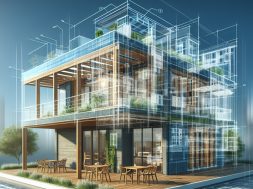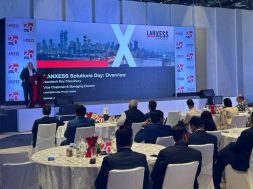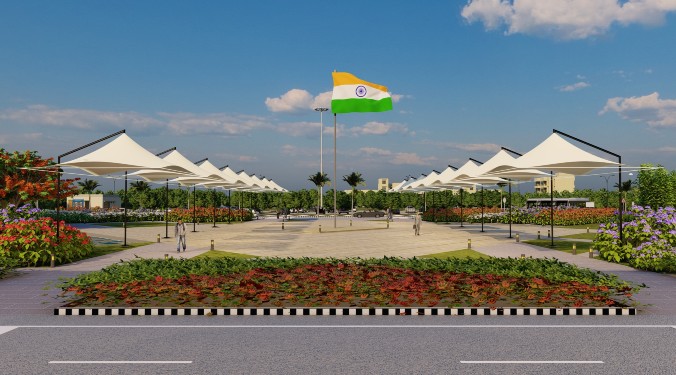“We always work cautiously to create energy-efficient, climate responsive buildings,” says Architect Surinder Bahga
Architect Surinder Bahga is a name synonymous with energy-efficient buildings and has worked for developing the green building code for Punjab. He is actively spreading awareness among the budding architects through seminars and conferences. In a conversation with ACE Update, Ar. Bahga shares why energy-efficient building is the future.
Judging energy-efficient buildingIn today’s scenario of energy crisis, a building can be judged based on its energy usage, i.e. whether the building is in conformity with nature or against it. A building can be energy efficient if the operational cost of that building is minimum and the natural resource utilisation is maximum.
Designing energy-efficient buildingsDesigning is the key to achieve an energy-efficient building. While designing a building, a lot of things are to be kept in mind. One such major factor is the climatic condition of the site. Indian subcontinent is broadly divided into five climatic zones: composite, hot and dry, warm and humid, moderate and cold, and cloudy climate. Each climatic zone has its own design considerations. For example, in warm and humid climate, maximum ventilation is provided. Even shaded and covered openings are considered to minimise load on air conditioning, whereas it’s opposite in case of cold and cloudy climate where clear windows and barriers for wind flow are a must.
‘Energy harvest’ vs ‘energy conservation’Energy harvest is the process of accumulating energy from sources like sun, wind and water, whereas energy conservation is utilising energy efficiently in the building. An energy-efficient building needs to incorporate these both aspects side by side so as to minimise the wastage of energy.
Going greenThere has been a tremendous change in the energy consumption pattern of buildings across the world. A lot of awareness is being created by various agencies regarding green and energy-efficient structures. In India agencies like BEE, IGBC and GRIHA are constantly working in this field, and it is due to these efforts that today India has more than 2 billion sq. feet of green building footprint.
Challenges to design energy-efficient buildingsThe major challenge in building a highly energy-efficient building is the reluctance of client to spend the additional set-up cost. Another challenge is the bye-laws and non-availability of proper trained and aware workmanship. This can be reduced by spreading awareness which should not be limited to architects or clients but also to contractors and workmen.
Saakaar and energy-efficient buildingsSaakaar Foundation always works cautiously to create energy-efficient, climate responsive buildings. The foundation has done projects keeping in mind the energy footprint of the build structure. Its Baptist Church has been recognised by TERI for its energy efficiency. LOPON library in Moga by the firm is conditioned using passive strategies throughout the year. Architect Surinder Bahga has worked for developing the green building code for Punjab and is actively spreading awareness among the budding architects through seminars and conferences.
Cookie Consent
We use cookies to personalize your experience. By continuing to visit this website you agree to our Terms & Conditions, Privacy Policy and Cookie Policy.









